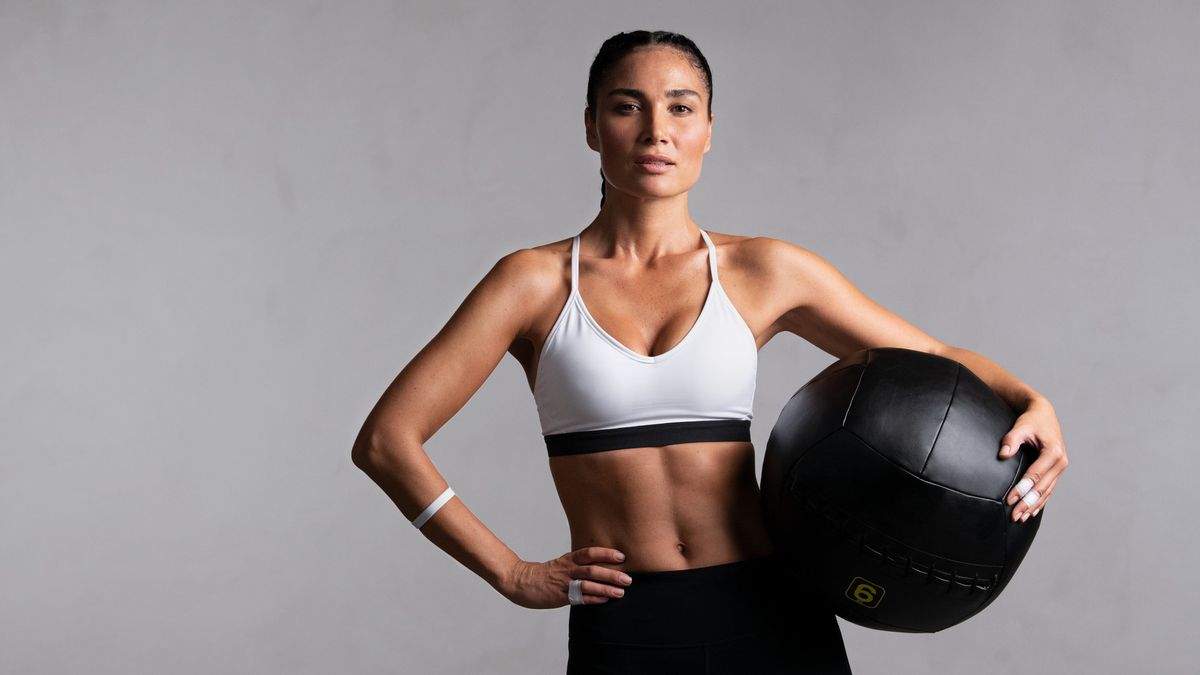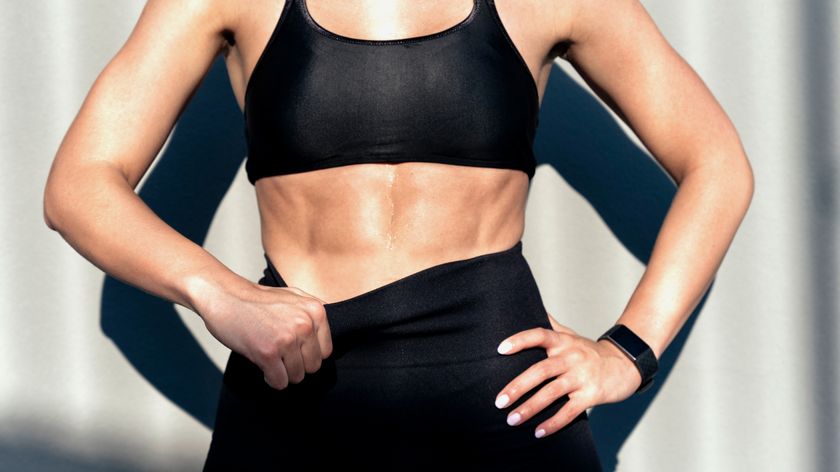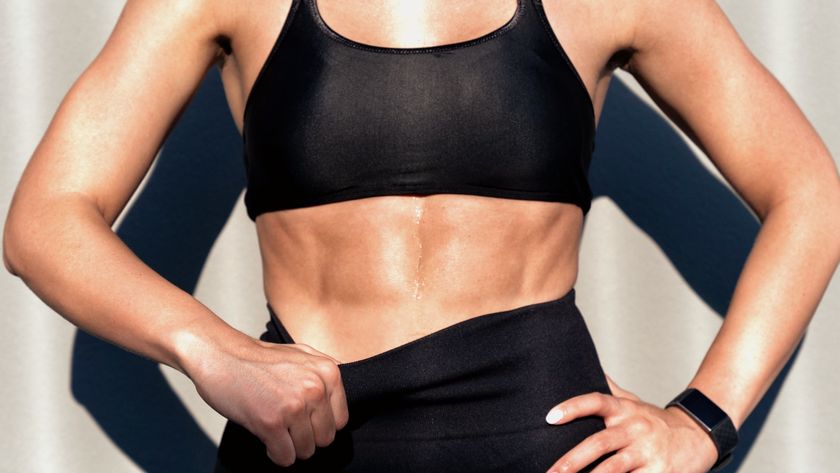
The best standing ab exercises are the ones that deliver a muscle-torching workout not just for your midsection but by strengthening muscles everywhere. This ab exercise isn’t a typical core move, it also hits your shoulders, arms, chest, back, hip flexors, glutes and legs — hard.
We’re talking about the farmer’s hold. To do the move, pick up one or two weights and simply stand still. I recommend the best kettlebells, a trap bar, or some dumbbells, but you could also use filled water bottles, a rucksack, or even your groceries if you have limited equipment at hand. And the best part? You don’t need a gym or lots of space — all you need to do is stand up and stay still.
Simple, right? It’s a tough standing ab exercise and endlessly scalable. Here’s how to do it, the benefits of the farmer’s hold and why I rate it so highly.
How to do the farmer's hold

It’s easy to lose good form, so here’s how to do the farmer’s hold and nail your form.
How:
- Stand with your feet hip-width apart and two weights placed on either side of your feet.
- Bend your knees and lower as if to perform a deadlift, keeping your chest proud, back flat, and weight evenly distributed across your feet.
- Engage your core, grip both weights and set your shoulders back and down.
- Drive up through both feet to stand. Hold the weights for a set time, then place both weights down and rest.
Farmer's hold: Benefits
So what are the benefits of the standing ab exercise? It doesn’t seem like an ab workout, but the farmer’s hold uses core activation and stability to protect your lower back and isometric muscular contraction to develop strength without the muscles lengthening or shortening under tension.
The exercise also builds grip strength and the muscles in your forearms, arms, shoulders, core and upper trapezius, and under heavier loads, your chest. Regularly practicing the farmer’s hold also challenges your balance and core stability and because the muscles responsible for posture are under constant tension (your shoulders, back and glutes), the holding position strengthens postural stability, too.
Sign up to get the BEST of Tom's Guide direct to your inbox.
Get instant access to breaking news, the hottest reviews, great deals and helpful tips.
And some research has even shown that the exercise uses similar muscle activation to a deadlift with less strain on your lower back.
Unlike the farmer’s walk, which involves walking with weights, you’ll be standing still throughout. As your muscles begin to fatigue, the pelvis can begin tucking and the shoulders rounding, which can send the load into your lower back. It’s crucial to keep your spine long and chest proud, engaging your core and pulling your shoulders back and down.
Start with 3-4 sets of 20-30 seconds and build weight and time gradually. If you’re looking to develop grip strength further, a neat way to improve is to hold barbell plates instead of free weights in both hands — trust me, your hands will feel this one. Another popular way to do the farmer’s hold is using a trap bar loaded with weights on either side, which can relieve pressure on the lumbar spine for most people and help you develop deadlift technique, using a different weight distribution to free weights while allowing you to lift much heavier loads.
It’s super common for people to hold their breath during the farmer’s hold, so try breathing with your diaphragm and directing the breath toward your belly rather than your chest. Consciously squeeze as many muscles as possible and pull your shoulder blades back and down while keeping a firm grip on the weights.
For an example of how to program the farmer’s hold, check out this 5-move Metcon workout.
More from Tom's Guide

Sam Hopes is a level 3 qualified trainer, level 2 reiki practitioner and senior fitness writer at Tom's Guide. She is also currently undertaking her Yoga For Athletes training course. Sam has written for various fitness brands and websites over the years and has experience across brands at Future such as Live Science, Fit&Well, Coach, and T3.
Having worked with fitness studios like F45 and Virgin Active, Sam now primarily teaches outdoor bootcamps, bodyweight, calisthenics and kettlebells. She also coaches mobility and stretching-focused classes several times a week and believes that true strength comes from a holistic approach to training your body.
Sam has completed two mixed doubles Hyrox competitions in London and the Netherlands and finished her first doubles attempt in 1:11.
























